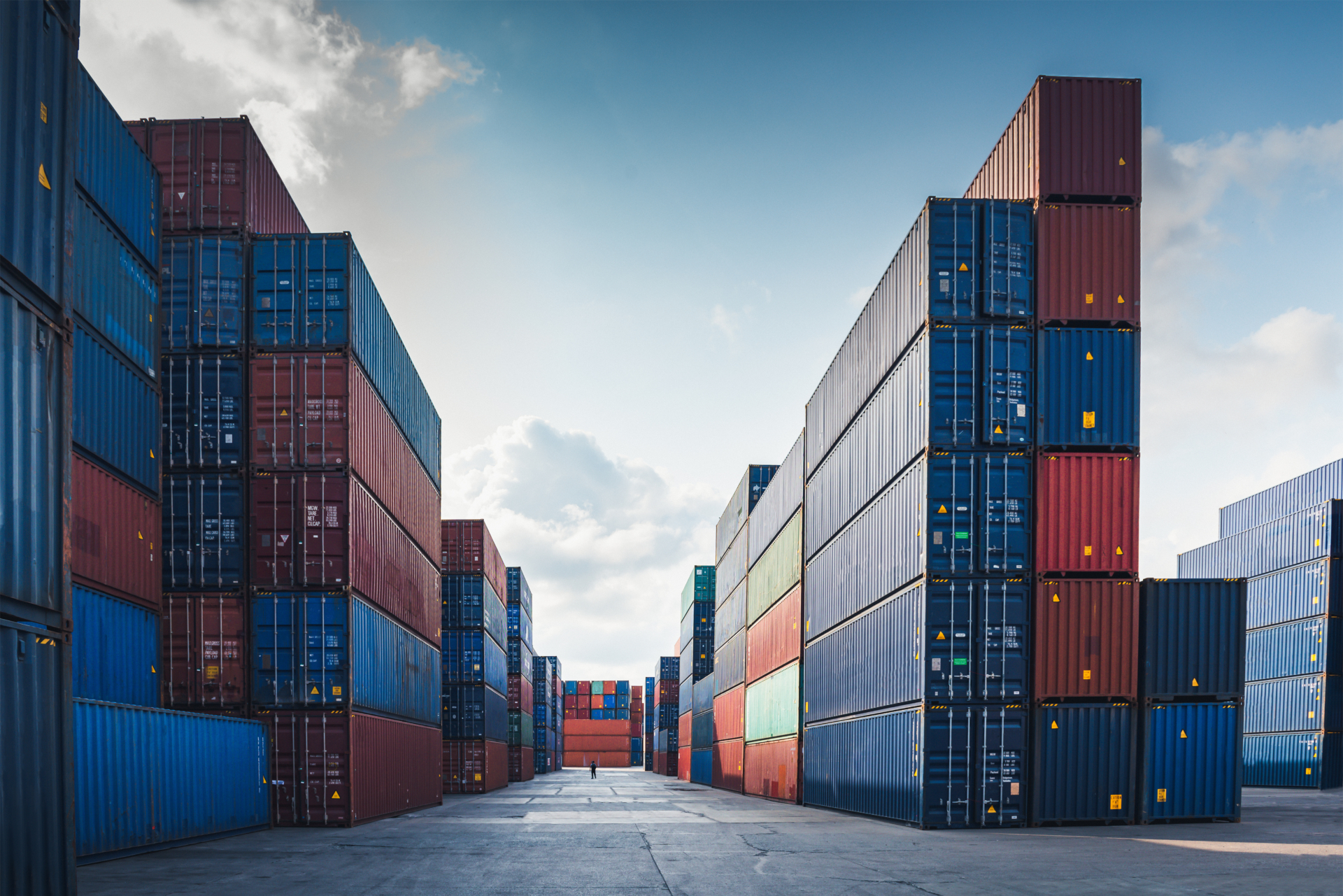Story by
Taylor Walker, CIO
Tags /
- Insurance
- Loadsure
AI and automation are rapidly transforming the ocean cargo insurance market as we know it; it’s a dynamic moment in the insurance paradigm that is well overdue.
I’m privileged to have worked with some of the best professionals in the industry, with unparalleled product expertise. But I’ve witnessed these teams struggle to serve their clients – their bandwidth strangled by ever-increasing workloads. As a result, clients are prioritized by value, and the biggest accounts find their way to the top of the pile. Critical loss control services, personal attention and time reach the top tier clients, while small businesses are marginalized; rushed by last minute renewal offerings, (much worse) surprise increases or changing terms without the benefit of an explanation.
The slow adoption of digital technology across the insurance industry widened this gap – clients receive “one-size-fits-all” responses in today’s rapidly shifting environment. Whether it’s an emerging threat driving changes in policy terms and conditions, or years of insufficient rates fueling a drastic shift in the market, large corporate structures reliant on traditional processes are struggling to adapt quickly and deliver assureds the flexibility they need. That challenges underwriters and management to get exceptions approved in a landscape mired in red tape.
Reflecting on the ocean cargo market hardening a few years ago; there was a period when every account on a portfolio was hit with double-digit rate increases – even if the account was loss-free or written with the appropriate rating at inception. It didn’t matter how long they had been a customer or how clean their claims history, the mandate was to push increases to every account – and the referral process to make exceptions was daunting to underwriters. It was impossible to justify keeping rates down on an account that was only $15,000 in premium and it’s the small businesses that suffer. With the right automation these teams could manage the portfolio and prevent the need for massive market corrections like we recently experienced.
An innovative approach to insurance underwriting
At Loadsure, we’re not only leading the path forwards, but carving it out – we’re finding ways to harness technology and ease burdens in the market.
Our AI learning engine ingests vast quantities of high-resolution data to build dynamic pricing models that leverage the actual risk attributes of almost any single shipment. As a result, our insurance pricing strategy both supports flexible premiums that move with the risk being insured, and delivers granular pricing in real-time. This same model helps fuel sustainable pricing on annual business, and allows a portfolio to increase rates at very granular levels, and only when needed.
We’re able to refresh our dynamic pricing models as often as we like, and we can be more agile and better-targeted in our responses to market shifts and emerging trends. Instead of levying an increase across entire portfolios, for example, our AI learning engine instantaneously assesses each account and identifies only those that require a rate rise based on historical patterns. The result: accurate, sustainable pricing that’s consistent – alleviating the broker’s worry that a large increase will slide across their desk at the last second.
What does this mean for underwriters?
The value of digitizing insurance is about much more than the accurate pricing of granular risk. This technology will free underwriters to focus on more complex elements of their work, develop relationships with brokers and insureds and deliver loss control services to clients large and small.
This technology will also put unprecedented power and control into the hands of insurance brokers. With automated loss run reports, brokers can review account performance 60 days in advance of a renewal, enter exposure data, generate custom quotes tied to account-specific performance, and bind coverage in seconds. They can also provide customers with direct portal access, so certificates, policy documents and claims are available at their fingertips.
What really gets me excited, though, is the ability to integrate our technology into insureds’ supply chains. This will provide better insights into the challenges they encounter when moving goods, while allowing us to return premiums and process renewals, all based on the real-time data we see – the data that risk management teams struggle to know. With Loadsure, this data is shared. Clients have access to valuable dashboards to give them insights on where they are struggling and areas to improve.
We’re driven to change the way business is done, and excited to be leading the way in this digital transformation. Ultimately, in collaboration with our partners, we’ll empower brokers to more efficiently serve their clients, no matter the size of their risks.
To find out more about Loadsure , our specific product base, or how to get started please don’t hesitate to get in touch by filling the form below
